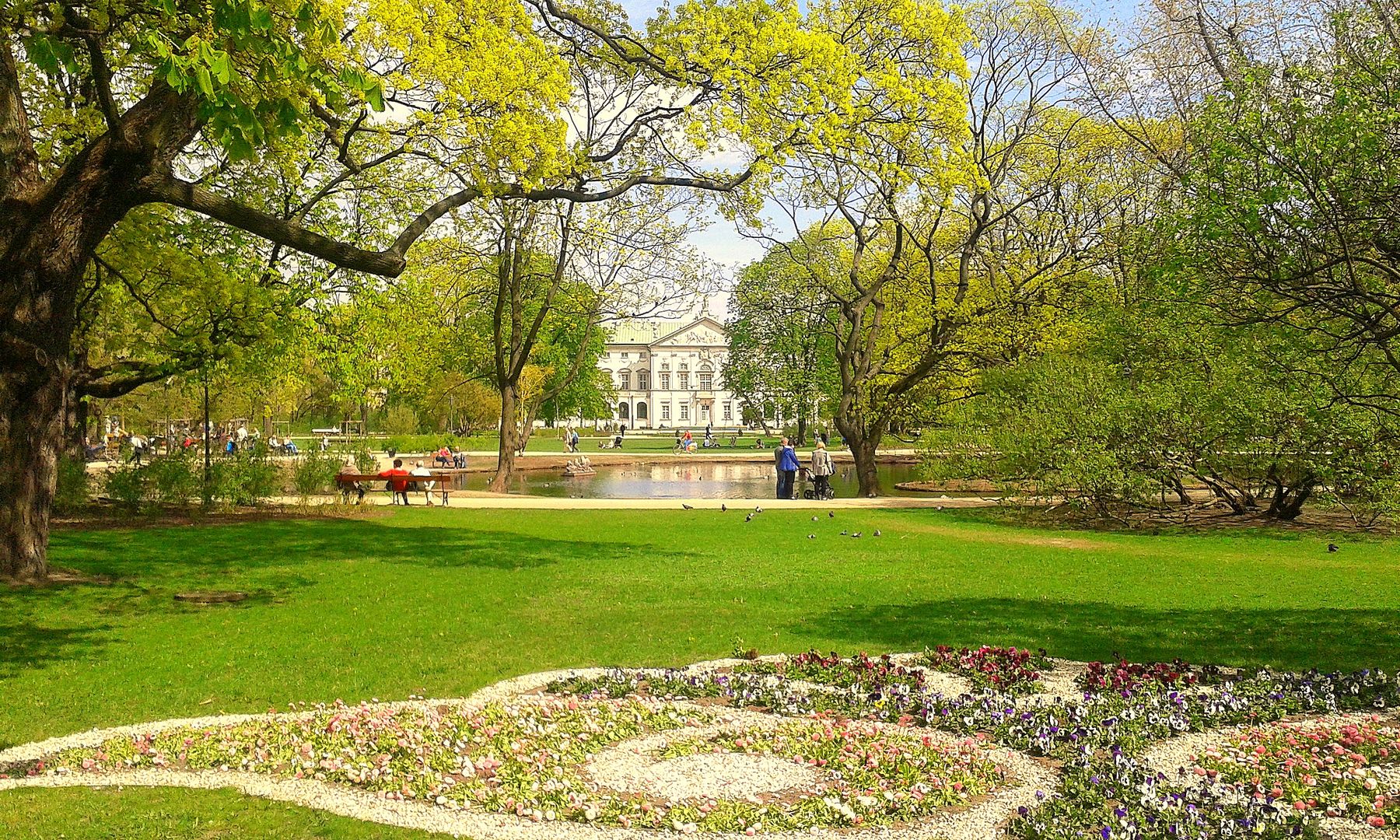Krasiński Garden in Warsaw
6.02

Overview
Krasiński Garden in Warsaw, located in the Muranów district, is a historic urban park with a rich history dating back to 1676, when it was established in the Baroque style as part of the Krasiński Palace. Initially, the park covered 3.4 hectares and was the largest park in Warsaw before the Saxon Garden was built. In 1768, after the property was purchased by the state, the park was opened to the public. In the 19th century, it acquired its current landscape style through works carried out between 1891 and 1895. Important cultural institutions were located nearby, including the Artificial Mineral Water Plant and the National Theatre. In 1830, a significant battle of the November Uprising took place on the western edges of the garden, and during World War II, the park witnessed dramatic events, including insurgent fights. After the war, its area increased to 11.8 hectares. The garden has been modernized multiple times and was entered into the register of monuments in 1965. In the second half of the 20th century, the park struggled with natural processes that changed its character while simultaneously increasing its natural value. A revitalization was carried out between 2011 and 2012, aiming to restore the 19th-century concept of the park, though this led to controversial felling of old trees. The garden is also a nesting site for numerous bird species, and its garden architecture includes a pond with a cascade, a flowerbed, and a playground. During the revitalization, brick fragments were discovered, which may be remnants of the 19th-century Badeni Palace. Krasiński Garden remains a place of historical and cultural significance, combining architectural beauty with the richness of nature.
Location
Tickets
Powered by GetYourGuide
2025 Wizytor | All Rights Reserved